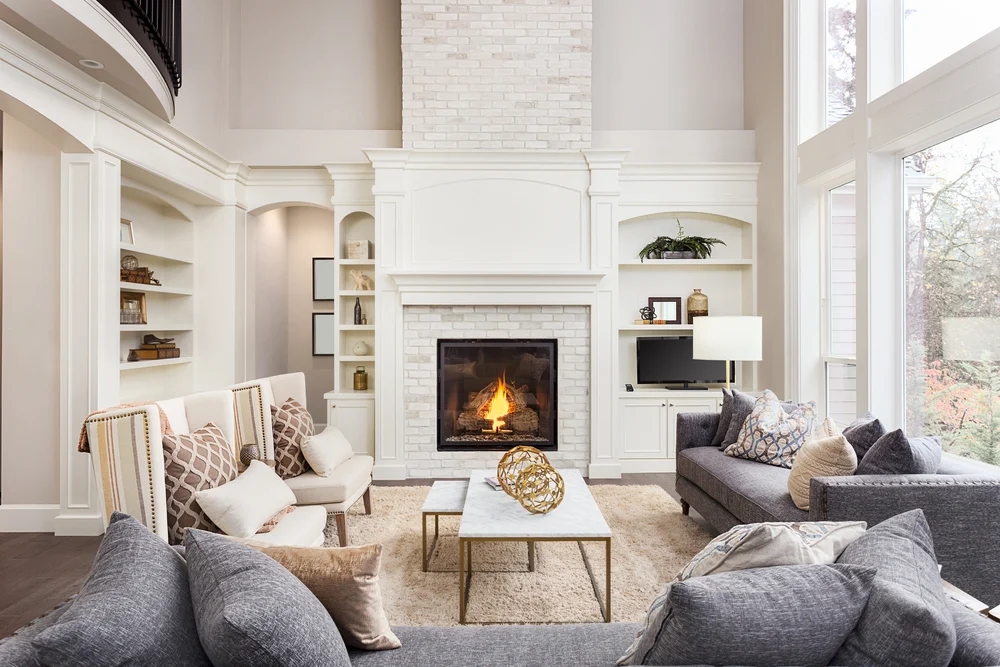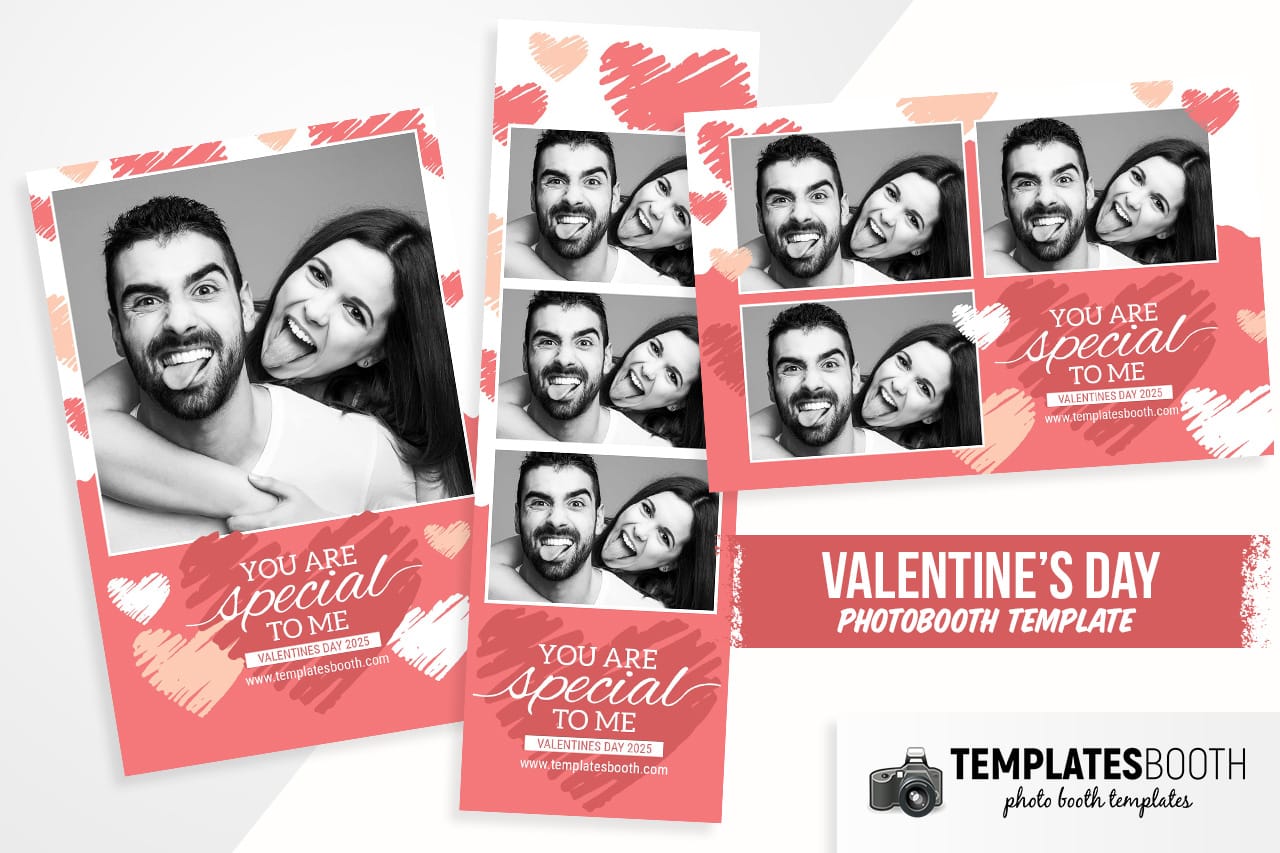
Up to three hours can be spent on designing various templates for you to choose. We can even take a picture of the wedding couple or birthday girl on the night of the event and drop it into the template at absolutely no extra charge! We don't typically use pre-existing templates where we just drop in a line of text - we try to get a sense of your event so that the design is representative of it. A great amount of detail is paid to the template design for your event. Work on your event starts long before the first picture is taken. The photo prints out in under 10 seconds. You get to choose to have your micture in color or black and white. The photo booth takes four pictures that are five seconds apart. We can make the set up as elaborate as you'd like, or simple and compact - as small as an 8' x 8' space and sometimes even smaller! We have different set-up configurations depending on a number of criteria including the options you would like or the amount of room required. We're not a large company or franchise, we're the owner/operators trying to provide the best product and customer service we can. We provide a great deal of transparency and explain in detail the entire process from start to finish. The amount of effort put into making a high quality photo can not be overstated. To reposition the photos within the grid, drag with your mouse.Our best customers are ones that appreciate the quality of our images. To recreate the example shown here, use the Print Job panel to change the dimensions to 6 x 4 at 100 ppi and in the Layout panel, change the Rows slider to 1 and Columns to 3 and then max out the Height and Width sliders in the Cell Size section. To create a grid that shows a portion of the image but not the whole thing, turn on Zoom to Fill in the Image Settings panel on the right. Here’s the final result of the 2 by 3 grid (bottom). Saving the grid as a template lets you access it again later (top). To save the print with the exact same photos, click Create Saved Print at upper right of the grid preview. Lightroom generates as many JPEGs as necessary to accommodate however many photos you selected in the Film Strip panel. Last but not least, click the Print to File button at lower right to export the JPEG. To populate the grid with different photos, select them in the Film Strip. In the resulting dialog, enter a descriptive name such as “2 col x 3 row 700px.” From this point forward the new preset is accessible in the User Templates section of the Template Browser. When the grid looks good to you, save it as a template by clicking the + icon at the upper right of the Template Browser panel on the left. If you haven’t yet set up a custom identity plate, you can do so by choosing Lightroom > Identity Plate Setup. Also in the Page panel, turn off Watermarking, Page Options, and Photo Info. Drag to position the identity atop the grid and then use the Opacity and Scale sliders in the Page panel to adjust the identity plate to your liking. To brand the photo grid with your name or your studio’s name, locate the Page panel on the right and turn on Identity Plate. The Layout panel lets you design how the grid looks (right). Lightroom won’t let you enter pixel dimensions, so setting the resolution to 100 ppi simplifies the math for converting inches to pixels (left). To add a little space between the photos, drag the Vertical slider in the Cell Spacing section slightly rightward (a setting of 0.08 was used here). Drag the Cell Size Height and Width sliders all the way to the right. Set all four margin sliders to 0 and then, for a three row, two column grid, set the Rows slider to 3 and Columns to 2. Scroll up through the panels on the right and use the Layout panel to design the grid.


In the Color Management section of the Print Job panel, choose sRGB from the Profile menu. Dimensions of 7 by 7 were used here to produce an image that’s 700 pixels square.

For a 1200 by 600 file, enter 12 inches by 6 inches, and so on. For example, for a 800 by 600 file, enter 8 inches by 6 inches. Since you set the resolution to 100, you can enter the pixel dimensions you want as inches. Next, set the JPEG Quality slider to somewhere between 80 and 100 and then turn on Custom File Dimensions.


 0 kommentar(er)
0 kommentar(er)
